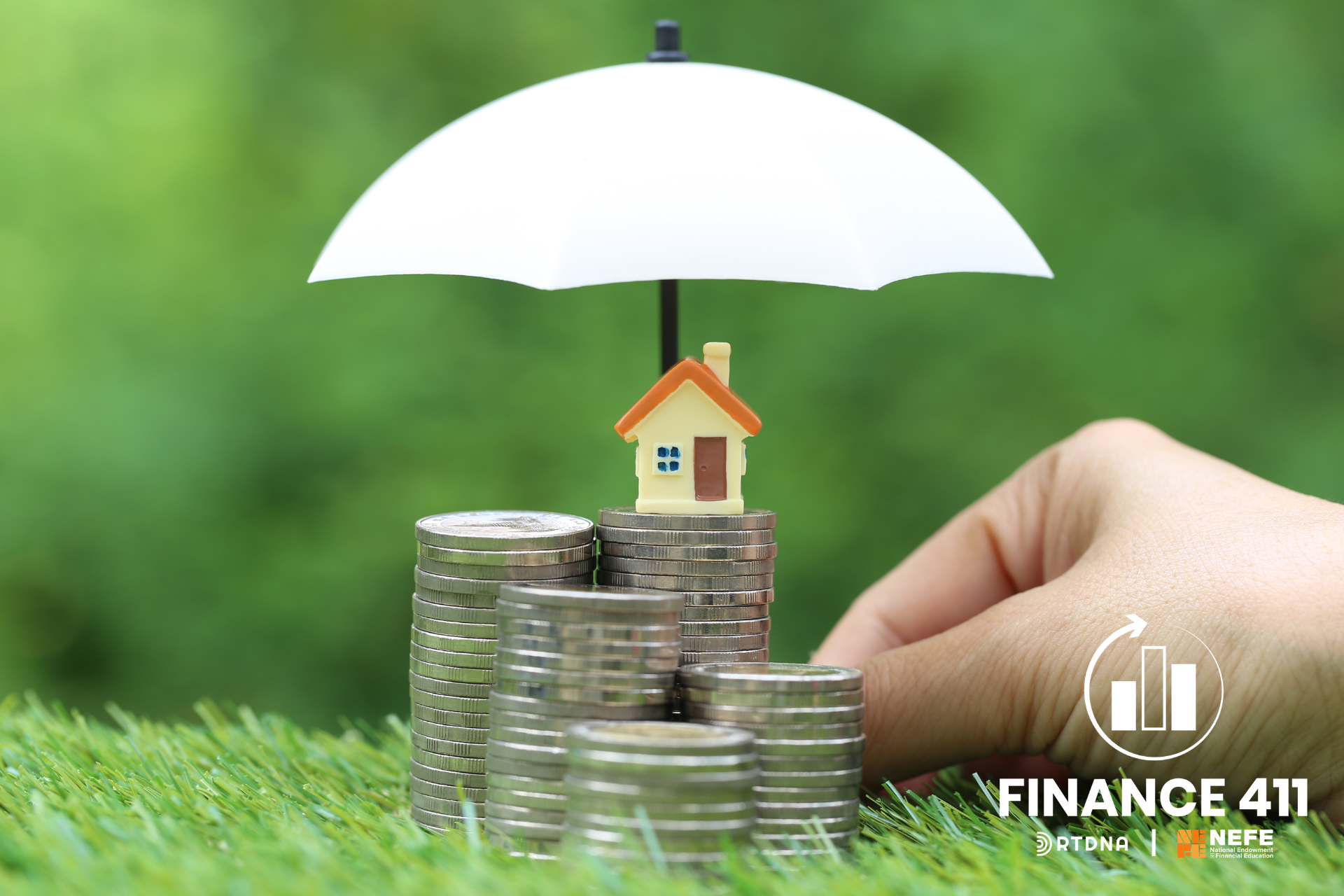How covering homeowners insurance costs could help your audience

By Dori Zinn
Mounting inflation isn’t anything new. While inflation gets a lot of attention, there are other silent yet exceptionally costly factors Americans face right now, like sky-high homeowners insurance.
Home insurance isn’t legally required, but most mortgage lenders require it as part of their loan agreements. Many homeowners are struggling to keep up with payments, but we aren’t seeing too much of this because the Consumer Price Index — one of the inflation measurements — doesn’t include home insurance in its calculations. Renter’s insurance, on the other hand, is included.
Home insurance increases by the numbers
I live in South Florida, where home sales are averaging $650,000. That’s almost six times what my mom paid for her house when we moved here 30 years ago.
The cost of living is already high, but homeowners insurance rates have increased more here than anywhere else in the nation. According to NPR, many Floridians have seen premiums skyrocket 40% this year. We were lucky when our insurance agent emailed us last year about renewals; she told us it would only go up by 31.49%.
Florida is hurting. NPR says that home insurance costs almost four times the national average. According to an Insurify report, Florida pays the most for home insurance, $10,996 annually in 2023. That rate could go up to $11,759 this year. But we aren’t the only ones suffering.
-
Louisiana pays the second-highest, $6,354 annually. Rates could climb 23% in 2024.
-
Oklahoma pays $5,444 right now, Texas is at $4,456, and Mississippi pays $4,312.
-
Maine expects a 19% jump this year, paying upwards of $1,571 in 2024.
-
Michigan, Utah, South Carolina, North Carolina and Illinois expect double-digit insurance jumps in 2024.
Location is one of the most important factors regarding home insurance costs. While Maine is seeing double-digit increases, it’s still a fraction of what Floridians are paying. We tend to see more storms, including extensive and frequent hurricanes and natural disasters. The cost of goods and labor is also going up, and it matters since you’ll need these to fix a home when there’s damage.
Why these jumps matter
We’re already missing coverage on this invisible, yet massive, expense. With the CPI skipping out on measuring home insurance jumps, homeowners may not know how to factor in these costs when it comes to monthly and annual budgeting.
It also matters when it comes to home-buying. As inflation cools and interest rates potentially drop later this year, many folks putting off buying a home might jump back into the market. Home insurance — along with taxes, closing costs, and other upfront charges — are just a few of the extra costs that should be factored into the total price of owning a home.
ADDITIONAL RESOURCES
- NAIC: Homeowners Insurance Overview
- CFPB: What is homeowner's insurance? Why is homeowner's insurance required?
Dori Zinn is a personal finance journalist with work featured in the New York Times, Wall Street Journal, Yahoo, CNN, and more. She’s also the President of Blossomers Media, a web development and online media company. She can be reached at dzinn@blossomers.com.
Finance 411 is a bi-monthly feature, presented by RTDNA and the National Endowment for Financial Education. Interested in becoming a contributor? Email info@rtdna.org for more information.
